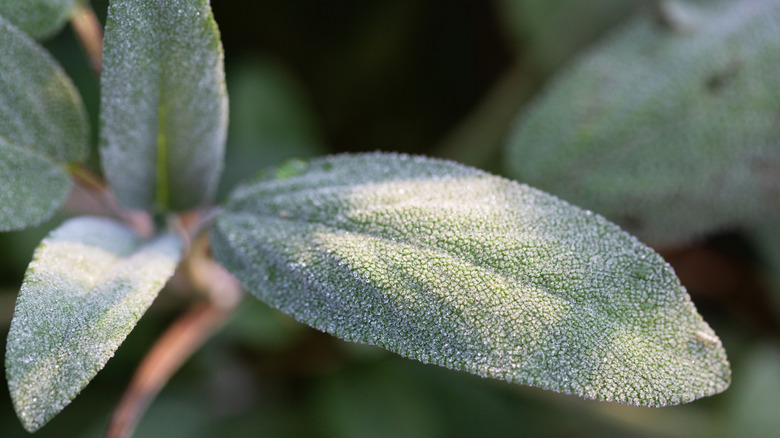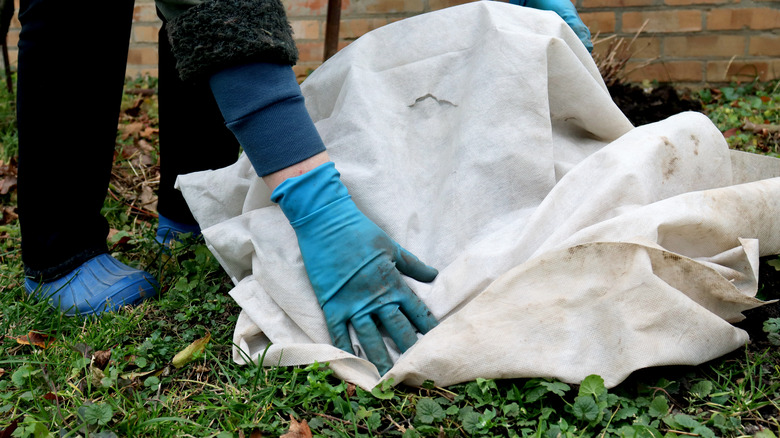How To Prepare Your Sage Plants For Winter To Ensure They Thrive Next Spring
Unless you're starting a backyard winter garden, it may seem like your garden chores are coming to an end for the year. However, before storing away your trowels and garden gloves, there's one last task to complete if you want to enjoy your sage (Salvia spp.) plants come spring: overwintering.
Overwintering involves preparing your plants for the winter, giving them the extra protection they need to survive until spring. For some plants, you may need to add extra layering to your outdoor landscaping to boost their chances of survival; for others, you may need to move them to an entirely different area altogether for protection. The best method for your plants depends on their species and hardiness, as well as the exact location you live in.
When preparing your sage plants for winter, the first step is to determine where to keep them once the colder weather sets in. After all, some species of sage, such as common sage (Salvia officinalis), are hardy in USDA zones four through eight. Others, like pineapple sage (Salvia elegans), are only hardy in zones eight through 10, so they may need to be moved indoors in areas where other species can easily overwinter outdoors. Once you've decided if your sage plant needs to be moved indoors or not, you can start the process of overwintering and learn how to avoid common sage problems.
Overwintering sage plants indoors and outside
If you live in an area with mild weather that sage plants can tolerate, it may be safe to leave your sage outdoors to overwinter — so long as you take the right steps. While learning about your specific plant's hardiness zones is an important part of this process, it's only the first step.
One of the main aspects to keep in mind is excess moisture during the winter. During the colder months of the year, when temperatures drop, evaporation occurs at a slower rate. This, paired with some winter weather conditions, can lead to wetter soil that your sage plant may not enjoy. As a result, even in the right hardiness zone, you may need to move your sage plant to a more protected area to prevent root rot. It can also help to adjust your watering routine. Along with the roots, another step in overwintering your sage is to protect the leaves. Investing in protective covers or using things like fleece can help keep the chill off your plant's leaves, reducing the likelihood of damage.
While overwintering sage works well outdoors, bringing potted sage inside during the winter months can keep it protected from the elements. If you grow sage in a container garden, moving it inside is as easy as moving the pots themselves. If you need to transplant your sage from your garden to a pot before bringing it inside, be sure to give it plenty of water ahead of time to help it cope with the move. One thing to keep in mind with sage is that it needs ample sunlight each day, anywhere from six to eight hours. Because of this, along with picking a south-facing window for optimal light, you may need to supplement with a grow light.

